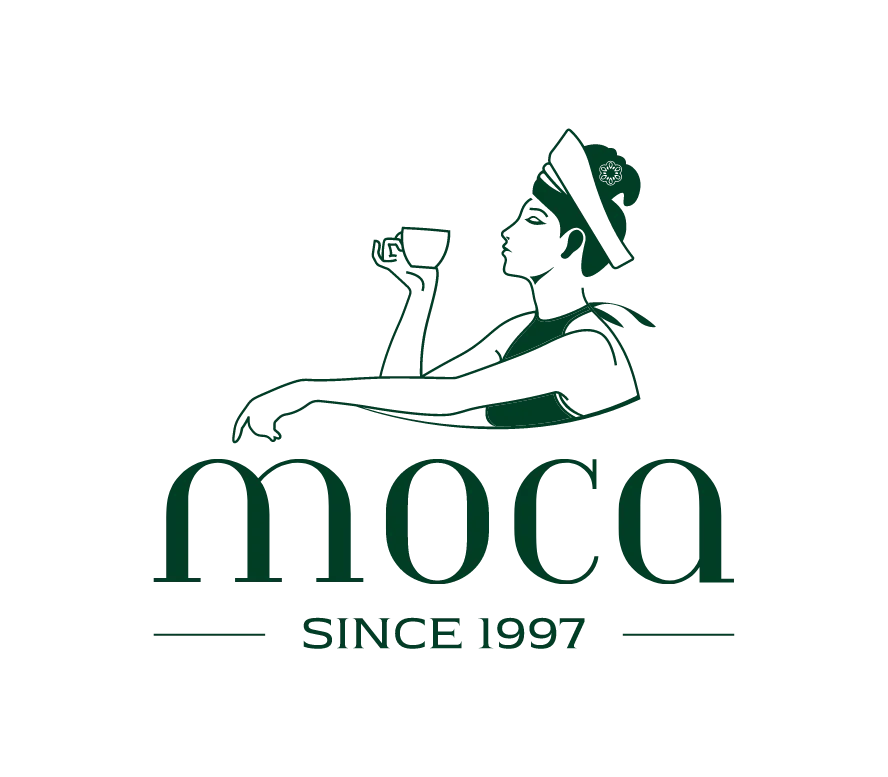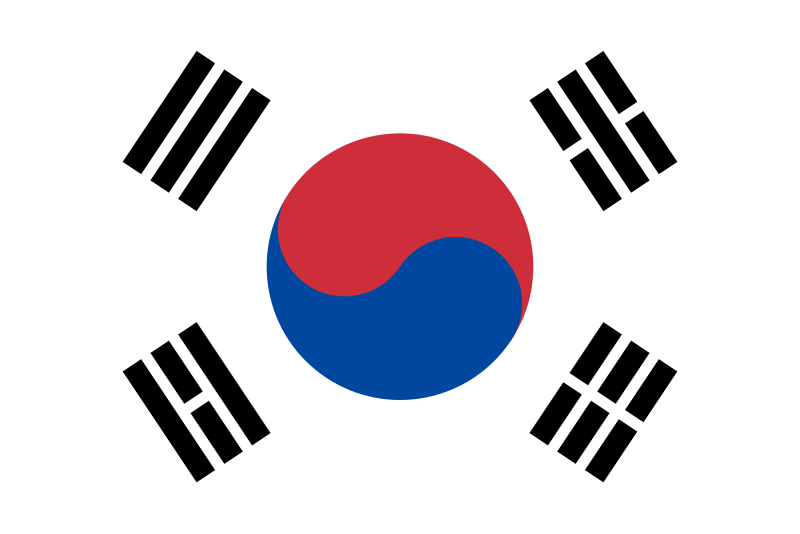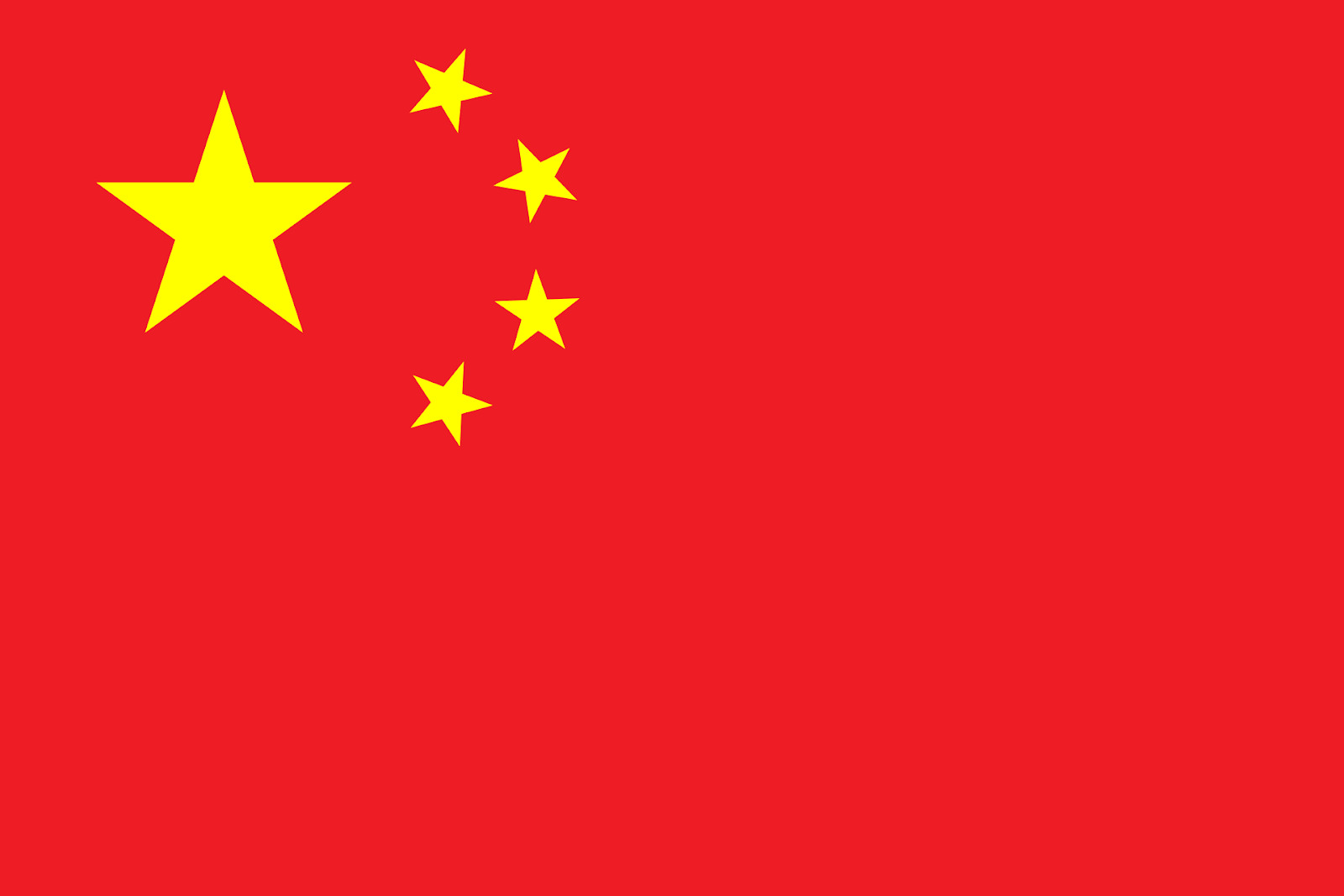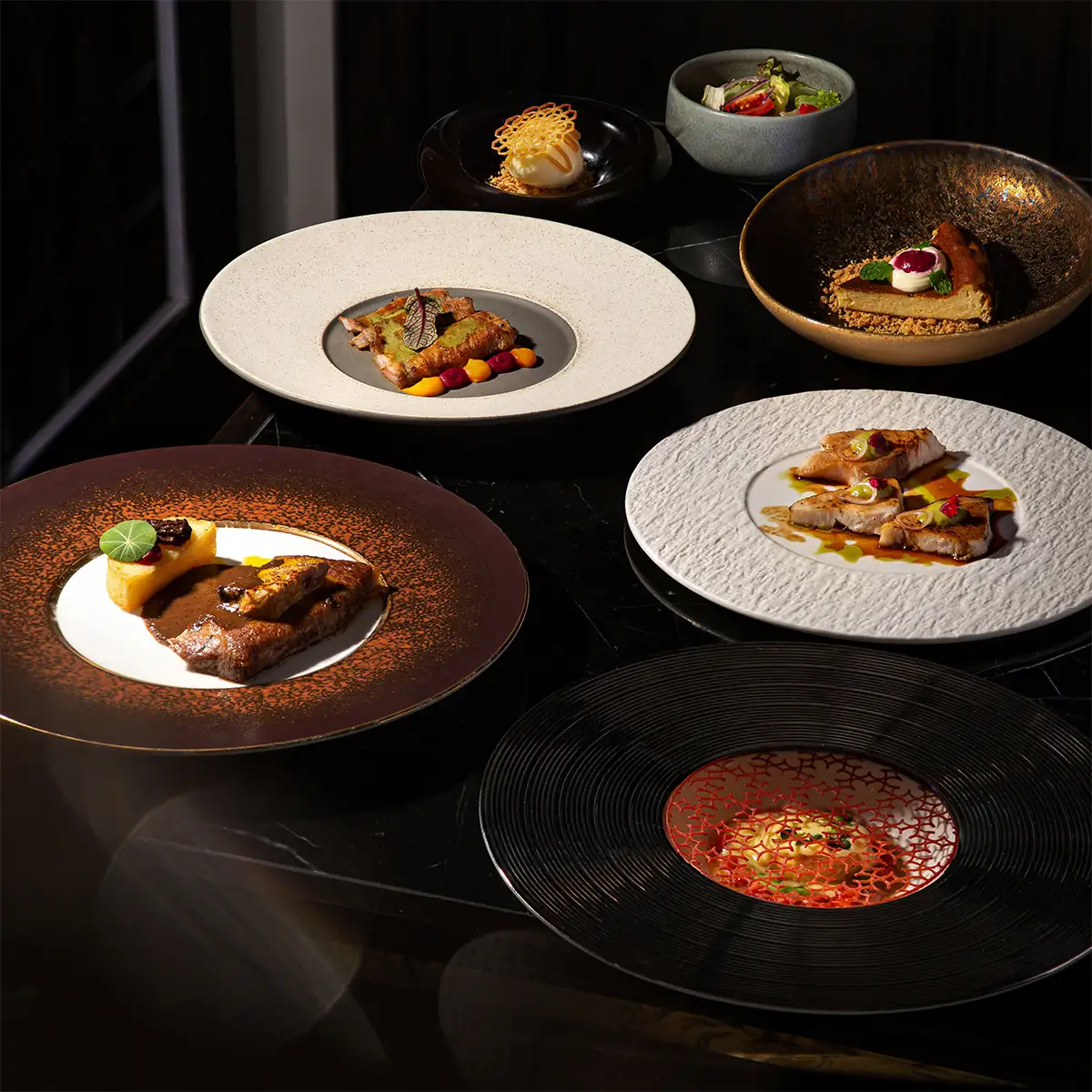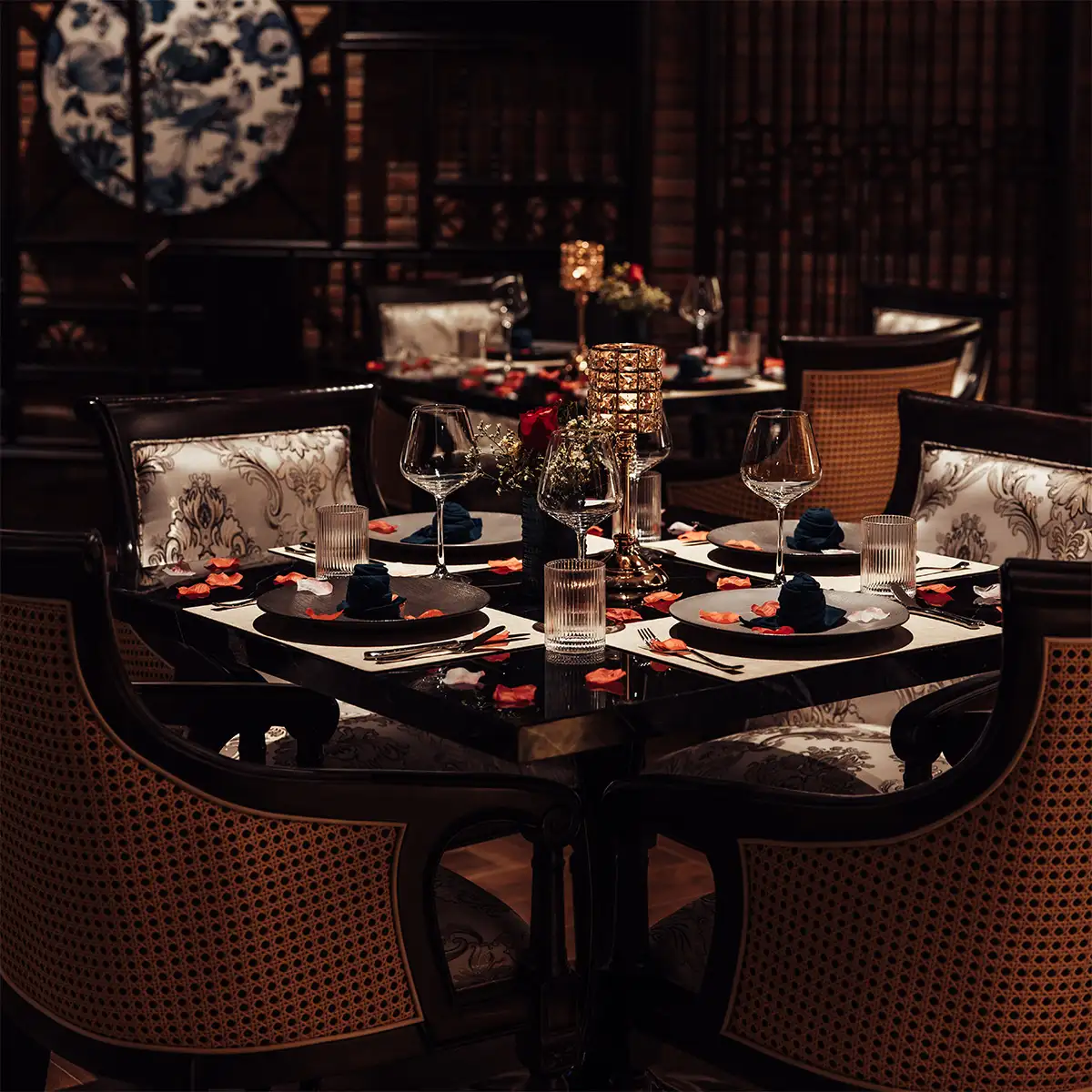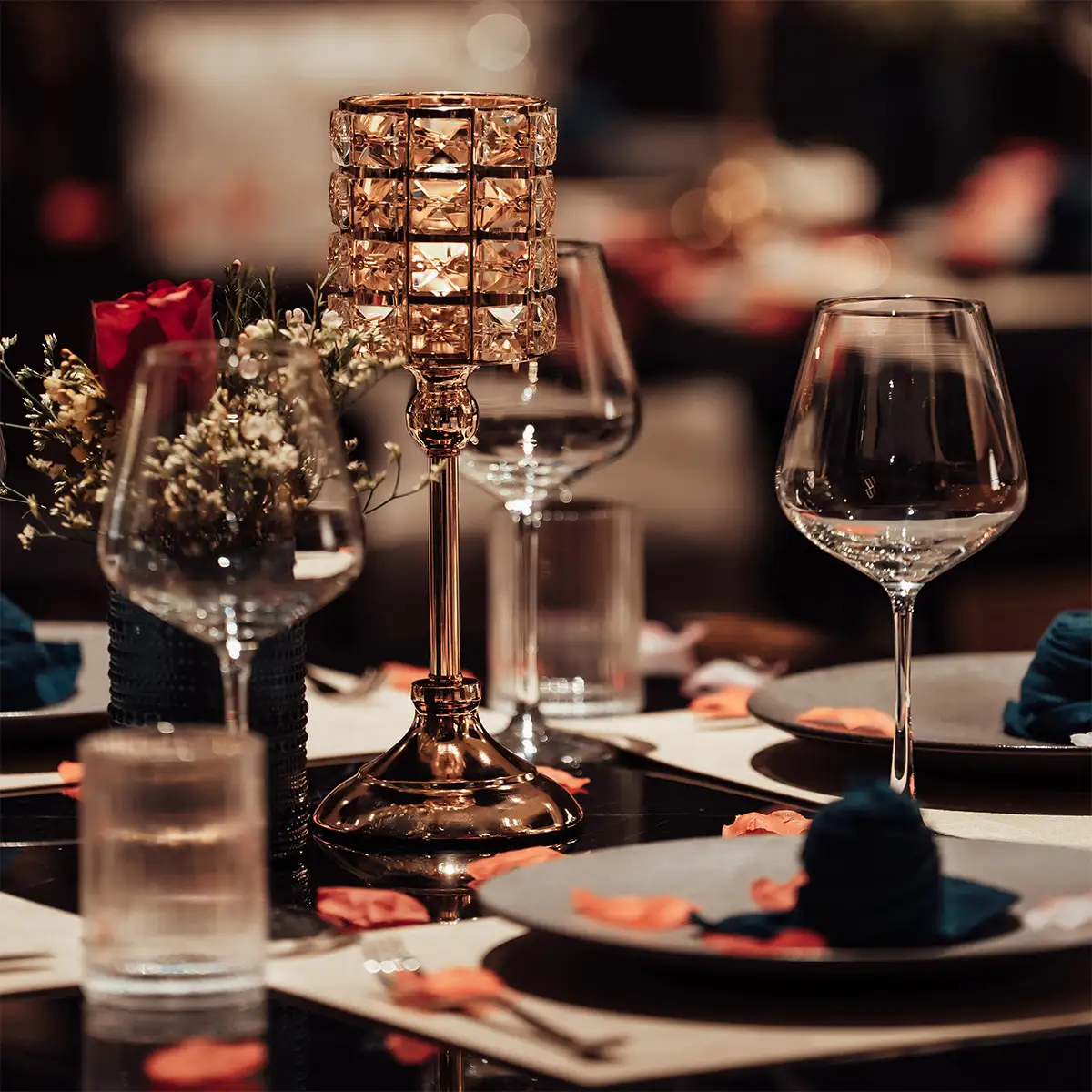- 1. Understanding authentic wagyu: Genetics, grading, and geography
- 1.1. The four breeds of wagyu
- 1.2. The Japanese grading system (BMS, Yield, and Quality)
- 1.3. Regional varieties and their distinct profiles
- 2. The science of marbling: Flavor and texture unlocked
- 3. Moca Dining’s exclusive wagyu selection
- 4. Avoiding common pitfalls and misconceptions
Wagyu beef is not merely meat; it is a culinary phenomenon, a symbol of ultimate luxury and meticulous craftsmanship in the world of gastronomy. With deep historical and cultural significance in Japan, where its development was perfected over centuries, it represents the pinnacle of what beef can be. This guide will delve into the science, stringent selection, and ultimate wagyu fine dining experience of this revered ingredient. True appreciation for authentic Wagyu lies in understanding its complex grading system and the precise preparation required to unlock its unique flavor profile—a standard of excellence upheld by establishments like Moca Dining.
1. Understanding authentic wagyu: Genetics, grading, and geography
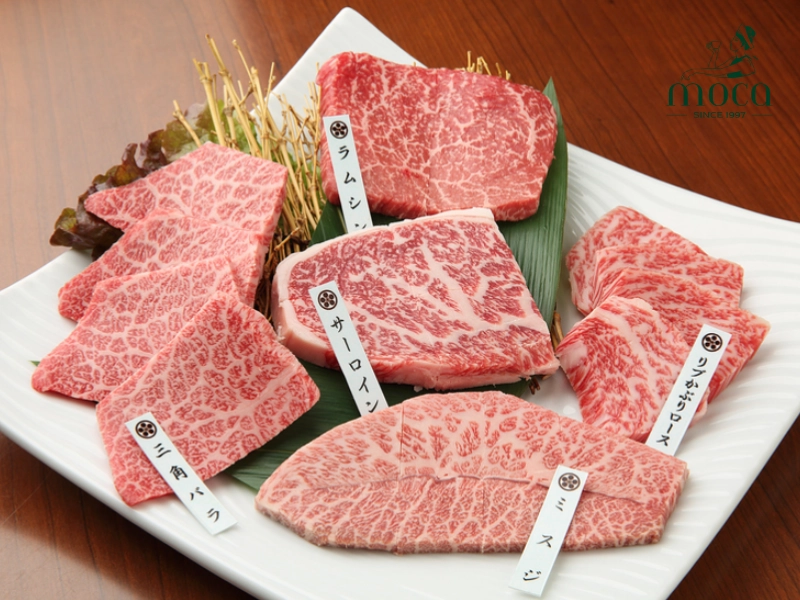
The four famous Wagyu breeds known for their fine marbling, producing premium A5 grade beef from Kobe, Matsusaka, and Ohmi regions.
The term "Wagyu" (和牛), which translates to "Japanese Cow," is protected and refers exclusively to specific breeds and standards. To comprehend its value, one must first understand its origin.
1.1. The four breeds of wagyu
Only four native breeds qualify as Japanese Wagyu: the Japanese Black (Kuroge Washu), Japanese Brown (Akage Washu), Japanese Polled (Mukaku Washu), and Japanese Shorthorn (Nihon Tankaku Washu). The Japanese Black accounts for over 90% of all Wagyu cattle and is genetically predisposed to produce the intense intramuscular fat, or marbling, for which Wagyu is famous.
Scientific studies have identified that these cattle possess a higher concentration of genes responsible for converting saturated fat into monounsaturated fat, particularly oleic acid. This unique genetic trait, honed through centuries of careful breeding, is the biological foundation for the beef's extraordinary texture and flavor, a characteristic not found to the same degree in other cattle breeds.
1.2. The Japanese grading system (BMS, Yield, and Quality)
Every piece of authentic Wagyu is rigorously graded by the Japan Meat Grading Association (JMGA). This system is uncompromising. The final grade, such as the coveted A5 Wagyu, is a composite of two scores:
- Yield Grade (A, B, C): This measures the percentage of edible meat on the carcass, with 'A' being the highest.
- Quality Grade (1-5): This is a comprehensive assessment of four criteria: the Beef Marbling Standard (BMS), the color and brightness of the meat, its firmness and texture, and the color and quality of the fat.
The most critical of these is the Beef Marbling Standard (BMS), a scale from 1 to 12 that quantifies the density of marbling. To achieve the highest Quality Grade of '5', the beef must have a BMS score of 8 to 12. Therefore, the "A5" designation signifies a carcass with the highest possible yield of meat that has also achieved the pinnacle of quality in marbling, color, and texture.
1.3. Regional varieties and their distinct profiles
Much like fine wine, Wagyu develops distinct characteristics based on its region of origin (terroir). The "three great beefs" of Japan are prime examples:
- Kobe Beef: Perhaps the most famous, this is Tajima-gyu cattle raised under extraordinarily strict standards in Hyōgo Prefecture. It is known for its delicate, sophisticated flavor, intricate marbling, and a very low fat melting point that creates an ethereal texture.
- Matsusaka Beef: Sourced from virgin female cattle in the Mie Prefecture, Matsusaka is revered for its exceptionally high fat-to-meat ratio. It is often described as having a rich, almost sweet aroma and a buttery tenderness that dissolves on the palate.
- Ohmi Beef: With a history spanning over 400 years, Ohmi beef from Shiga Prefecture is known for its fine-grained marbling and mellow, well-balanced flavor profile, with a unique viscosity in its fat that contributes to a profound depth of flavor.
2. The science of marbling: Flavor and texture unlocked
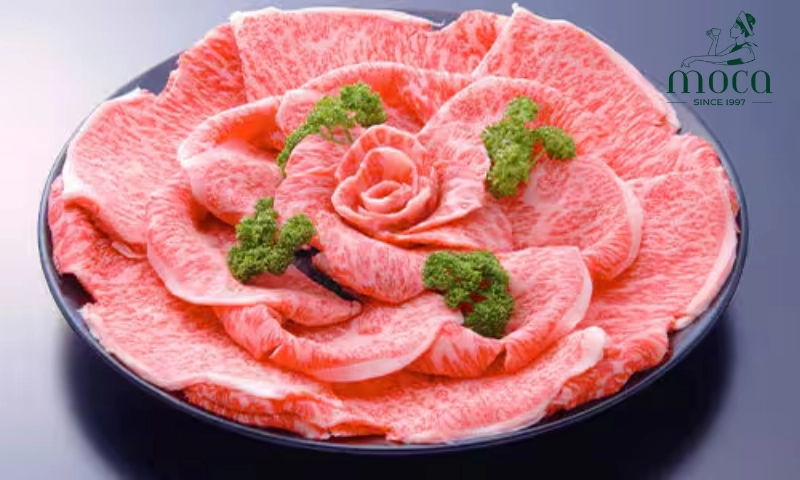
Wagyu’s marbling is rich in monounsaturated fats, giving it a melt-in-the-mouth texture, paired with intense umami flavor from natural amino acids.
The legendary quality of Wagyu beef is not subjective; it is rooted in its unique biochemical composition.
- The role of monounsaturated fats: The intricate webbing of fat in Wagyu is rich in monounsaturated fats, particularly oleic acid—the same healthy fatty acid found in olive oil. This fat has a significantly lower melting point (around 25°C or 77°F) than the fat in regular beef. This is the scientific reason for the "melt-in-your-mouth" sensation; the fat literally begins to dissolve at body temperature, coating the palate with a rich, buttery flavor without any greasy residue.
- The umami factor: Beyond texture, Wagyu beef delivers an intense and complex savory flavor known as umami. This is due to its high concentration of specific amino acids, such as glutamic acid and inosinic acid, which are naturally present in the meat and are enhanced through the aging process. This creates a deep, long-lasting savory taste that is profoundly satisfying and is a key component of the gourmet beef experience.
- Optimal preparation techniques for fine dining: To honor such a magnificent ingredient, preparation must be precise. Overcooking a Wagyu steak is the cardinal sin, as it melts away the precious marbling and toughens the delicate muscle fibers. In a fine dining context, high-heat searing is the preferred method for steaks like sirloin or ribeye. This creates a perfect Maillard crust on the exterior, adding flavor complexity while leaving the interior rare to medium-rare, allowing the intramuscular fat to gently render. For other cuts, low-temperature cooking may be employed to ensure the entire piece is warmed through without losing its essential character.
3. Moca Dining’s exclusive wagyu selection
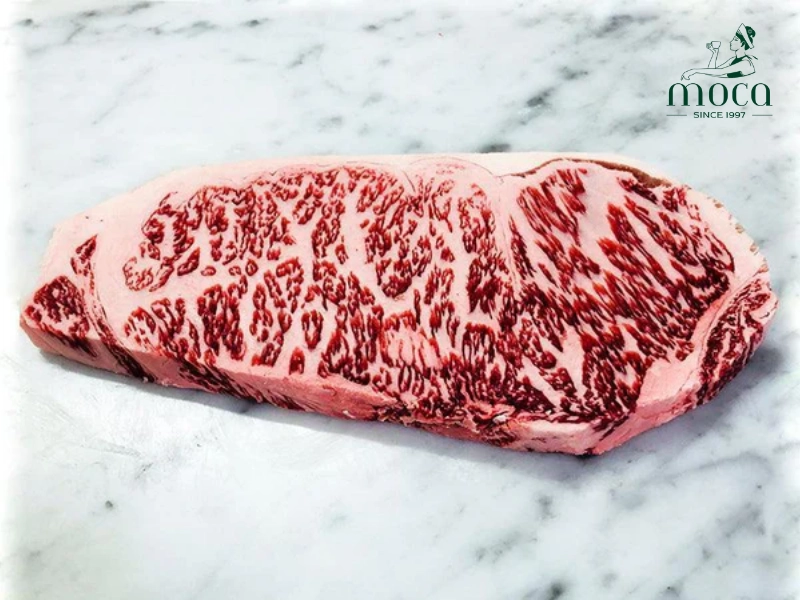
Miyazaki A5 Wagyu at Moca Dining is carefully sourced with official certification and charcoal-grilled over Binchotan, preserving its delicate flavor and melt-in-the-mouth texture.
At Moca Dining, we consider the sourcing and presentation of Wagyu to be a professional responsibility. We are not just a restaurant; we are custodians of a culinary treasure.
We are committed to absolute transparency and quality. Moca Dining sources only certified, A5 Wagyu from select, award-winning prefectures in Japan, such as Miyazaki and Kagoshima. Each cut we procure is accompanied by its official certificate of authenticity, which includes the individual animal’s nose print and a 10-digit ID number. This allows us to trace its lineage, farm, and entire history, ensuring our guests receive nothing but genuine, top-tier Japanese Wagyu.
Our menu is designed to showcase the peerless quality of our Wagyu. A signature offering is our A5 Miyazaki Striploin, BMS 12. This is a cut of unparalleled quality, seared to perfection on traditional Binchotan charcoal to impart a subtle smokiness. It is served with only a whisper of accompaniments—perhaps a few crystals of smoked sea salt and a single, perfectly roasted garlic clove—to ensure the beef itself remains the undisputed star. We serve our Wagyu in carefully considered portions, as its richness is so profound that a small amount offers a complete and deeply satisfying experience.
Pairing a beverage with Wagyu requires a sommelier's expertise. The goal is to complement the beef's richness without overpowering its nuanced flavor. A full-bodied yet elegant red wine, such as a well-structured Bordeaux or a classic Barolo, possesses the tannins and acidity to cut through the fat. Alternatively, a high-quality Junmai Daiginjo sake offers a more traditional pairing, its clean, refined profile cleansing the palate between each decadent bite.
4. Avoiding common pitfalls and misconceptions
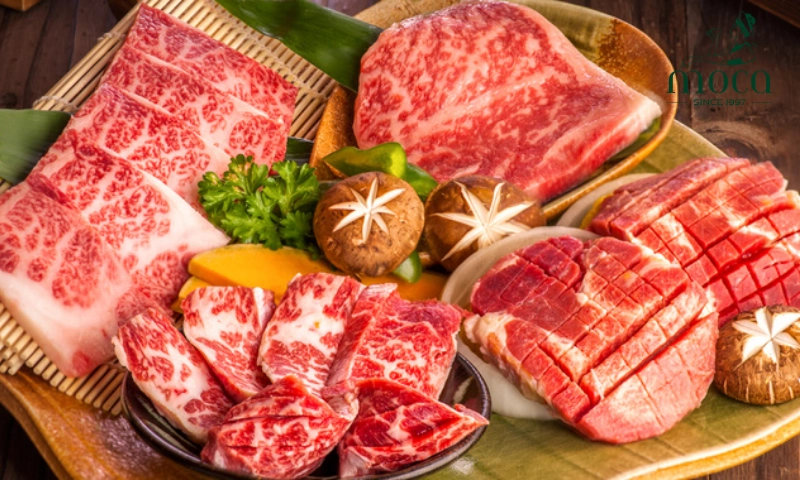
Distinguishing authentic Japanese Wagyu from crossbred varieties is essential to appreciate the true value of Wagyu – the result of a lengthy and meticulous rearing process.
The global popularity of Wagyu has led to widespread misinformation.
It is critical to distinguish between authentic Wagyu from Japan and crossbred varieties often labeled "American Wagyu" or "Australian Wagyu." While these crossbreeds (typically Wagyu-Angus) can produce high-quality, marbled beef, they do not possess the same genetic purity, raising standards, or grading system as their Japanese counterparts. The texture, flavor, and marbling density are fundamentally different.
The premium price of Wagyu beef is a direct reflection of an extraordinary investment. The cattle are raised for over 30 months in stress-free environments on specialized diets, a process far longer and more intensive than for commercial beef. Combined with the stringent grading, limited supply, and the unparalleled quality of the final product, the cost is justified as payment for a true form of culinary luxury.
Wagyu beef is the ultimate expression of quality in the culinary world, an ingredient that demands profound respect in both its selection and preparation. It is a testament to centuries of Japanese dedication to perfection. To truly appreciate the depth, complexity, and sublime texture of authentic, A5-grade Wagyu, an experience curated by the expert chefs at Moca Dining is highly recommended. This is not just a meal; it is a meticulously crafted culinary journey from the farm to the fine dining plate.
